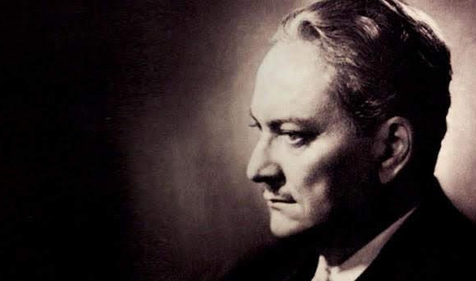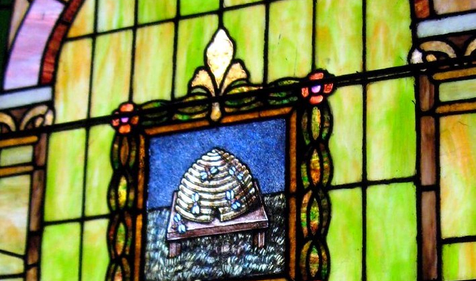This is the complete guide to Jimmy Doolittle’s famous raid and his journey in Freemasonry.
In 32° Scottish Rite Freemasonry, we hold Devotion to Country as one of our Core Values. We take pride in our patriotism and do our best to lift and honor our brethren who have served and continue to serve the United States of America. Many Freemasons have selflessly elected at great personal sacrifice to enlist in our armed forces to protect our freedoms. Their stories are always worth sharing, for we owe them a debt we can never repay. In continuation of our First Responders celebration, we share the story of one such man, General James Harold “Jimmy” Doolittle.
A pioneering pilot, aeronautical engineer, Scottish Rite Freemason, and military leader, Brother Doolittle served our nation in active duty for nearly 50 years. He is best known for his courageous raid in the Pacific Theater during the onset of World War II. Doolittle led a daring bombing effort over the Japanese mainland in 1942, marking the first American attack on the Japanese mainland. His 16 planes dropped their bombs and then, lacking fuel to return to their carrier, flew on to crash-land in China and the Soviet Union.
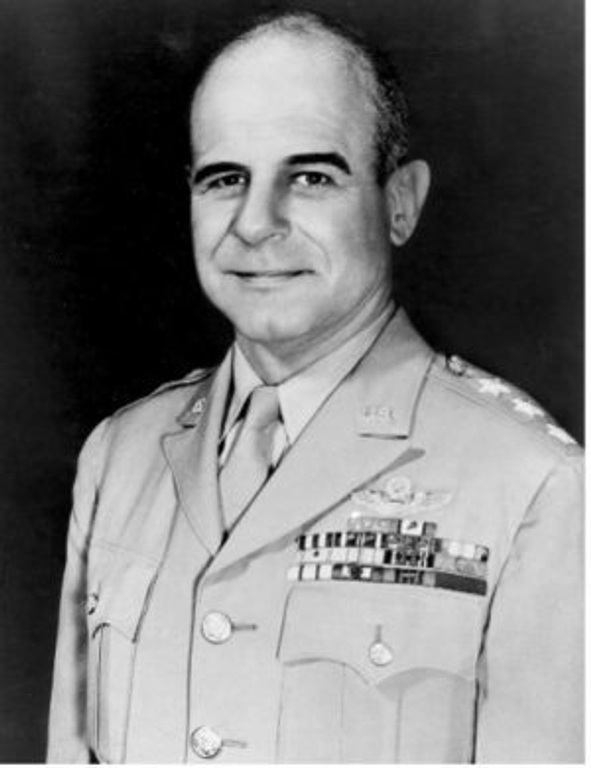
Born to Fly
On December 14, 1896, Jimmy Doolittle was born in Alameda, California, to parents Frank Doolittle and Rose Shephard. He graduated high school in Los Angeles and attended the University of California at Berkeley. However, young Doolittle was destined for a life of service and left school in 1917, enlisting in the Signal Corps Reserve as a flying cadet. This same year he married Josephine Daniels, and the two would remain together for 71 years until her passing. Together they had two sons, James Jr. and John, who both became military officers and pilots.
When the United States entered the First World War, Jimmy Doolittle remained home to give flight instruction, performing his war service at Camp John Dick Aviation Concentration Center. After the war, Doolittle received a Regular Army commission as a 1st Lieutenant, Air Service, on July 1, 1920. He attended the Air Service Mechanical School at Kelly Field and the Aeronautical Engineering Course at McCook Field, Ohio. He then returned to complete his college degree, earning a Bachelor of Arts from the University of California, Berkeley in 1922.
Before long, Jimmy became one of the most famous pilots in America. The year he earned his degree, he flew a de Havilland DH-4 equipped with early navigational instruments in the first cross-country flight. Doolittle flew the DH-4 from Pablo Beach, Florida, to Rockwell Field, San Diego, California, in 21 hours and 19 minutes, stopping once to refuel at Kelly Field. He was awarded the Distinguished Flying Cross for this pioneering journey – his first of many.
Freemasonry
Brother Doolittle joined Freemasonry during his tenure in the Signal Corps Reserve. Although a resident of California, he was deployed in Louisiana when he sought to receive his Entered Apprentice, Fellowcraft, and Master Mason degrees. Both the Grand Lodges of California and Louisiana issued special dispensations to accommodate his military service. Doolittle received all three degrees and was raised as a Master Mason on August 16th, 1918, in Lake Charles Lodge No. 16. in Louisiana. Doolittle remained in the fraternity throughout his life and later became a member of Hollenbeck Lodge No. 319 in Los Angeles, California. He later became a Shriner and joined the Scottish Rite, ultimately earning the 33°.
A Man of Science (and Speed)
A true Freemason at heart, Doolittle was ever eager to learn, build, and push the boundaries of human understanding. In 1923, he enrolled in the Massachusetts Institute of Technology, where he ultimately earned a doctorate in aeronautical engineering, the first-ever issued in the United States. Having accumulated vast experience flying and now a deep understanding of aviation mechanics, he put himself to work improving the science he loved so deeply.
Brother Jimmy achieved many milestones over the next 16 years. He helped develop fog flying equipment and the artificial horizontal and directional gyroscopes that are almost universally used today. In 1929, he became the first pilot to fly entirely by instruments, without view outside the cockpit.
During the 1930s, Doolittle began flying competitively and won the first Bendix Trophy race from Burbank, California, to Cleveland, Ohio, in a Laird Super Solution biplane. In 1932, he set the world's high-speed record for land planes at 296 miles per hour in the Shell Speed Dash and won the Thompson Trophy race in the notorious Gee Bee R-1 racer, with speed averaging 252 miles per hour. After these significant victories, he retired from racing, famously saying, "I have yet to hear anyone engaged in this work dying of old age."
The Doolittle Raid
In 1940, Doolittle returned to the U.S. Army Air Corps with the rank of Major. Two years later, the United States was drawn into World War II after the Japanese bombing of Pearl Harbor. General Henry H. “Hap” Arnold summoned Doolittle in 1942 to plan and lead a retaliatory raid on the Japanese mainland.
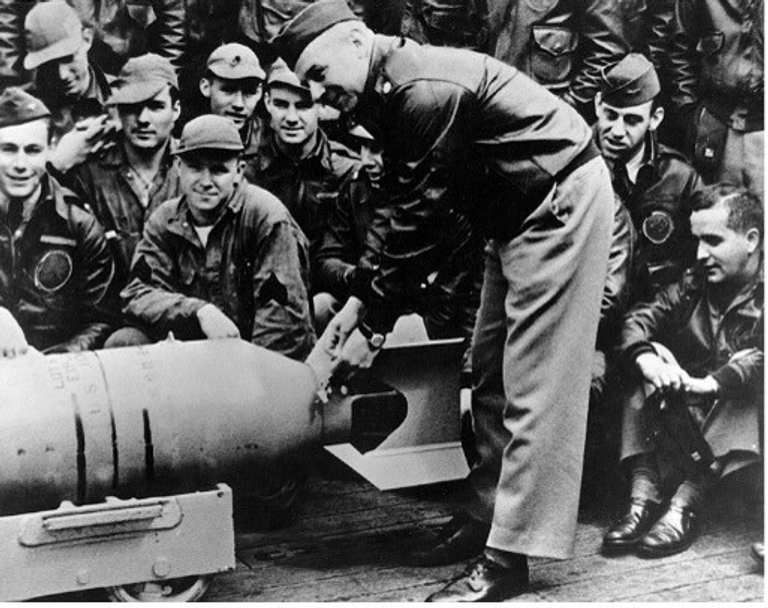
At the start of the war, Japan maintained control of the Pacific, fortifying the empire against naval attacks and armed invasion. Doolittle’s task was top-secret: he would lead a raid of 16 B-25 bombers from the aircraft carrier USS Hornet, with targets in Tokyo, Kobe, Yokohama, Osaka, and Nagoya. However, the Hornet was detected by the Japanese, forcing the mission to launch a day early and focus on Tokyo alone rather than all five cities.
Doolittle led his squadron into storms and anti-aircraft fire, reaching Tokyo and striking industrial facilities and a light cruiser. The Doolittle Raiders then flew toward China in an attempt to land in areas controlled by Chinese Nationalists. Sadly, all 16 planes ran out of fuel and crashed, killing three and leading eight to be captured by the Japanese.
Although nearly thwarted, the attack was a boost to American morale and a blow to the Japanese. While the human and industrial damage was minor, the Japanese responded to the Doolittle Raid by redistributing fighter groups to protect their cities better, opening a gap in their defenses. The U.S. military exploited this gap in their Pacific defense and won a decisive victory at the Battle of Midway in June 1942.
Doolittle was awarded the Medal of Honor by President Franklin D. Roosevelt and promoted two ranks to brigadier general for his role as the head of the mission. President Roosevelt's citation reads:
"For conspicuous leadership above and beyond the call of duty, involving personal valor and intrepidity at an extreme hazard to life. With the apparent certainty of being forced to land in enemy territory or to perish at sea, Lt. Col. Doolittle personally led a squadron of Army bombers, manned by volunteer crews, in a highly destructive raid on the Japanese mainland.”
Devotion to Country
Following the war, Doolittle remained active in the military. In March 1951, he was appointed a special assistant to the Air Force chief of staff, serving as a civilian in the department’s research efforts. He retired from the military in 1959 and continued serving the nation as chairman of the board of Space Technology Laboratories. In 1985, the U.S. Congress made Doolittle a full general on the Air Force retired list. President Reagan later awarded him a four-star insignia, making him the first member of the Air Force Reserve to become a four-star general.
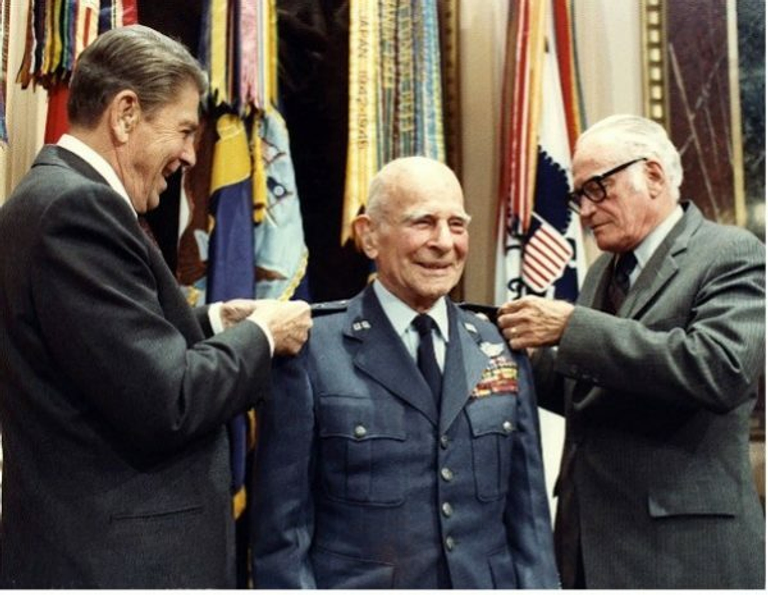
Over the years, Jimmy Doolittle has been portrayed numerous times on the big screen. Notable depictions include Spencer Tracy’s acclaimed performance in the 1944 film Thirty Seconds Over Tokyo, Alec Baldwin in Pearl Harbor, and Aaron Eckhart in Midway.
Illustrious Brother Jimmy Doolittle, 33°, passed to the Celestial Lodge on September 27, 1993, in Pebble Beach, California, and is buried at Arlington National Cemetery in Virginia next to Josephine. His unflagging commitment to the United States, his desire to push humanity forward, and his inquisitive and brilliant mind have earned him the respect of generations of Masons and Americans. We remain grateful for all he contributed to science, technology, and our fraternities.
Related Stories
Discover additional Scottish Rite blogs and news on this topic.
-
A Jolly Masonic Mug
History
Read More about A Jolly Masonic Mug
-
Manly P. Hall: Philosopher, Mystic, and Freemason
Famous Masons
Read More about Manly P. Hall: Philosopher, Mystic, and Freemason
-
What Does the Beehive Mean in Freemasonry?
Degrees
Read More about What Does the Beehive Mean in Freemasonry?


